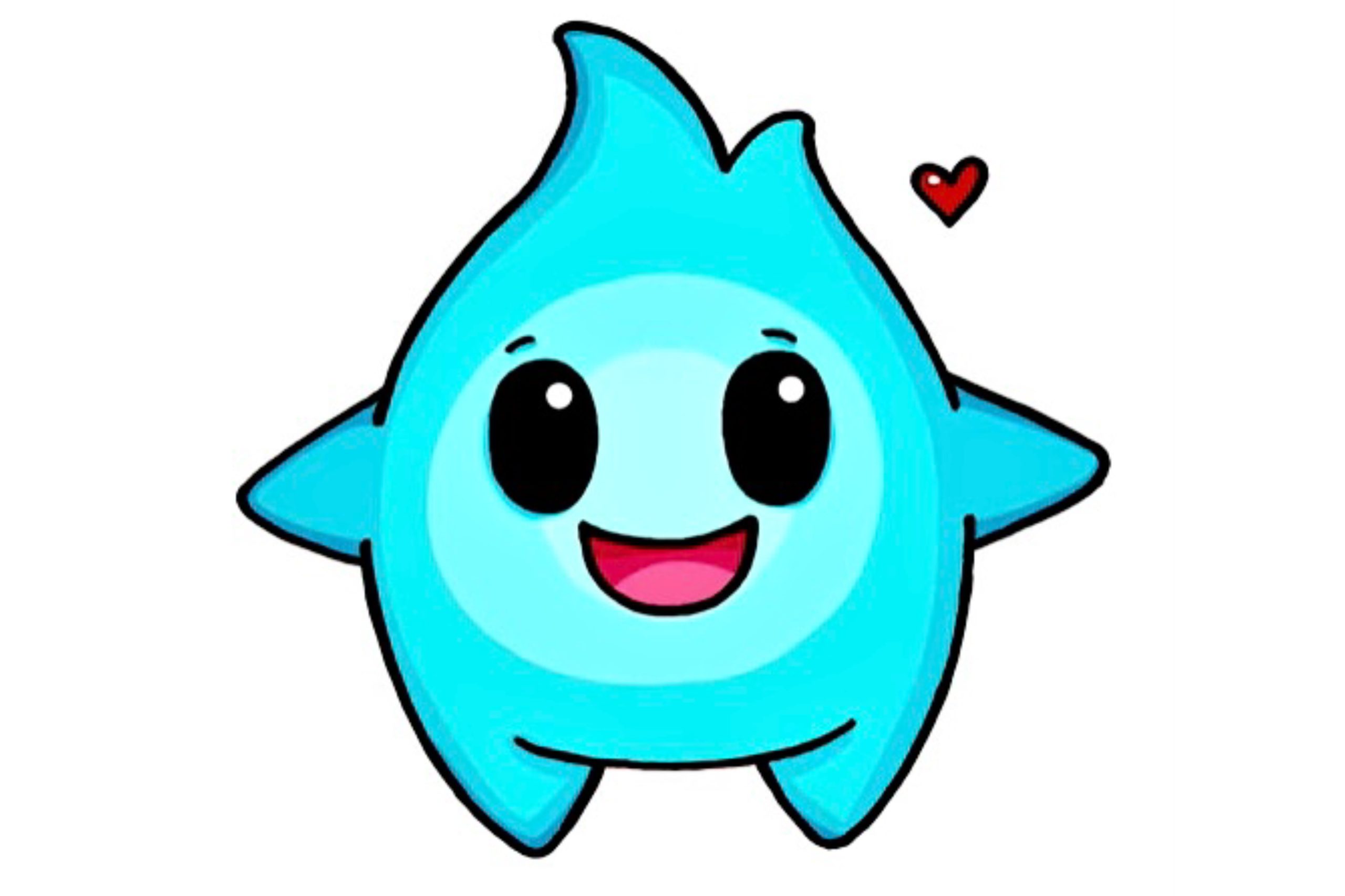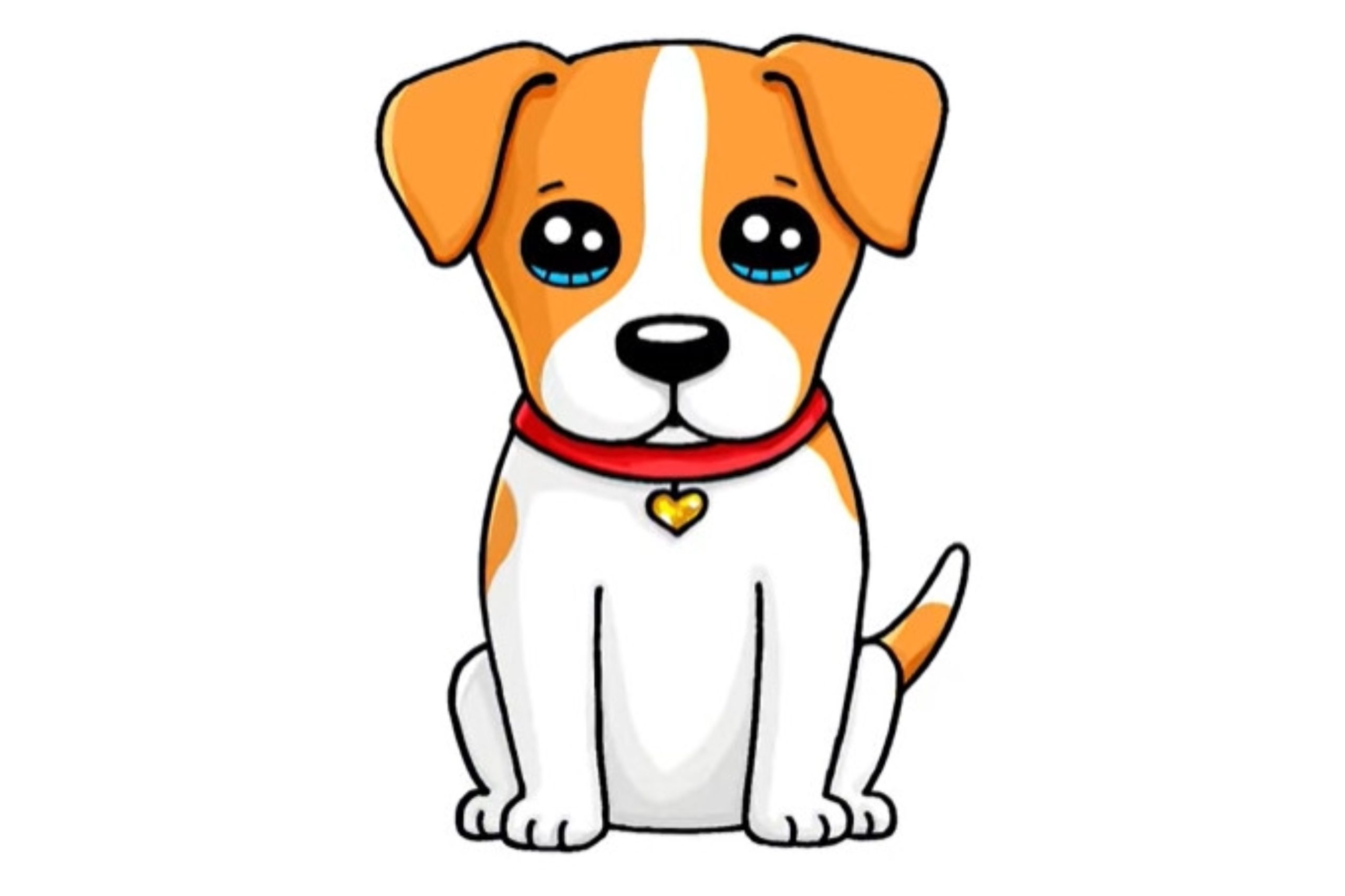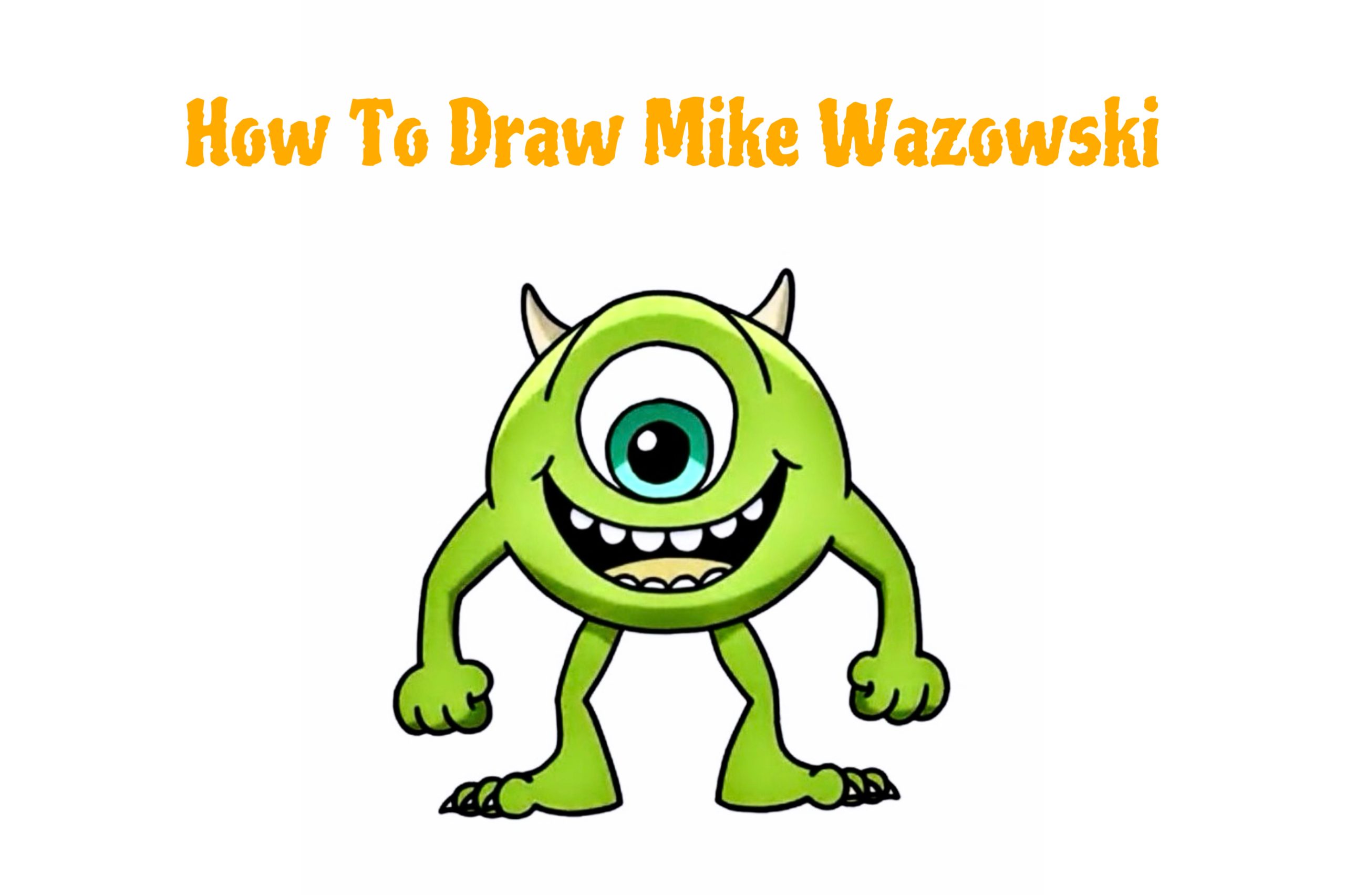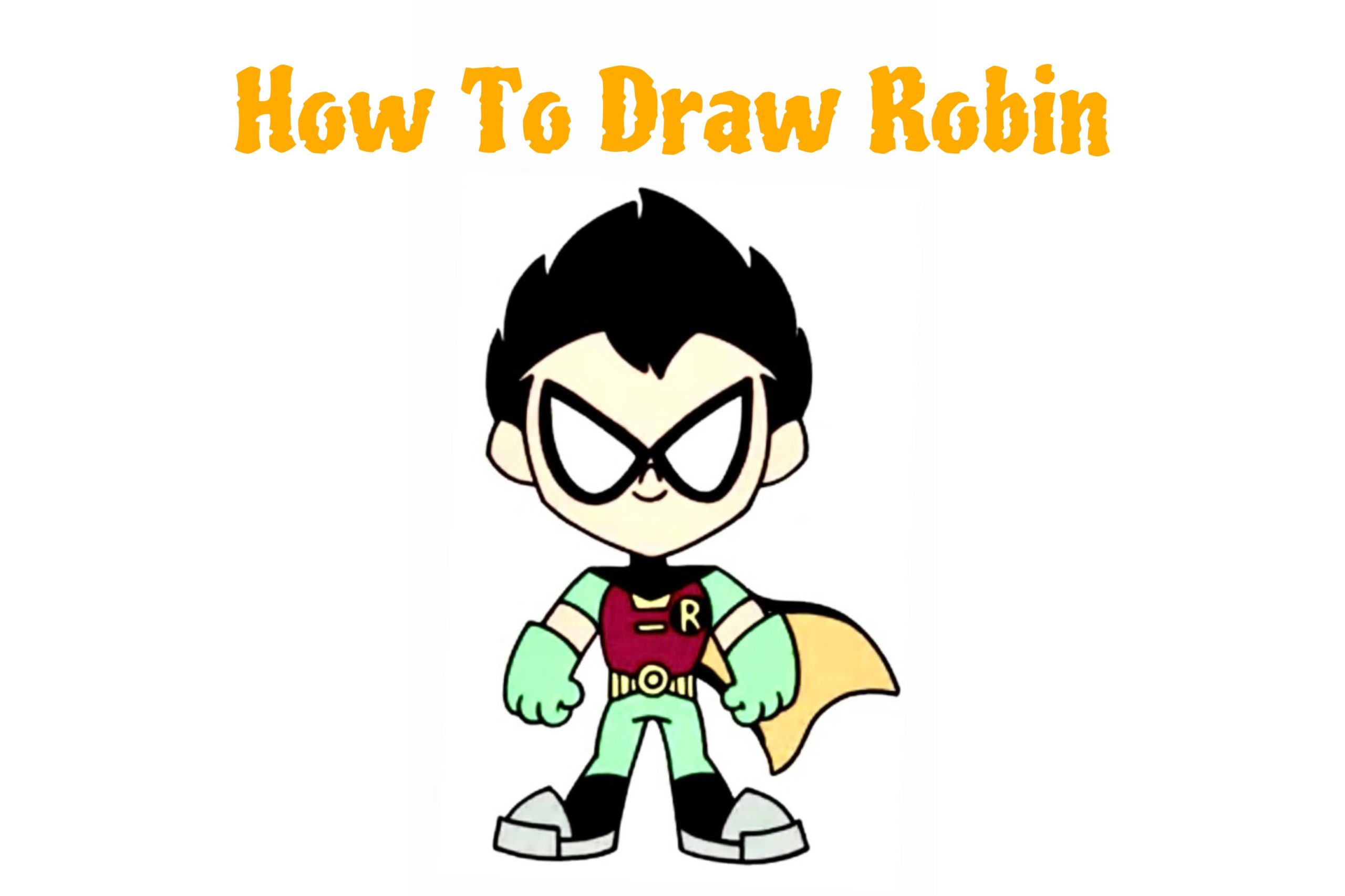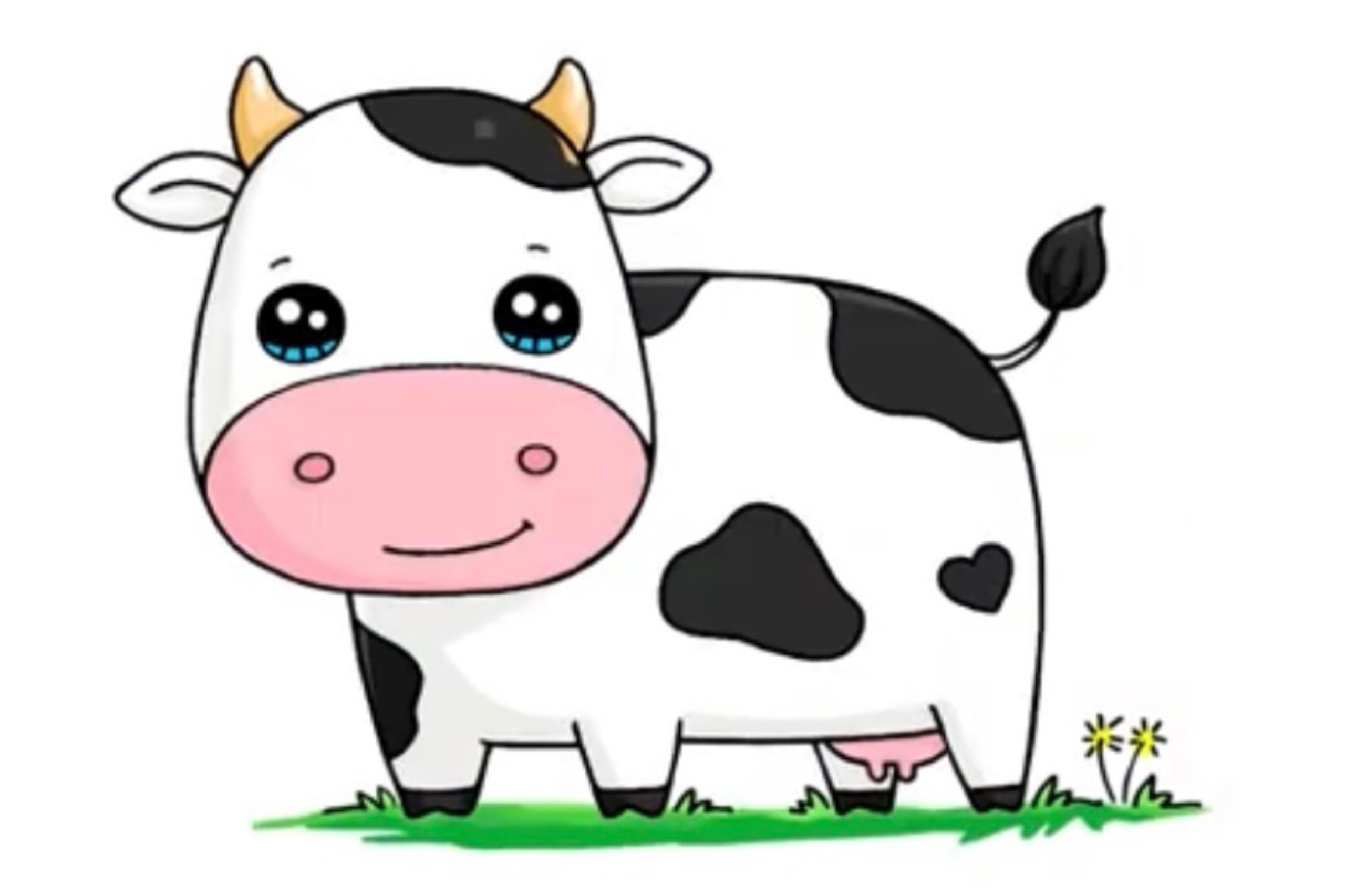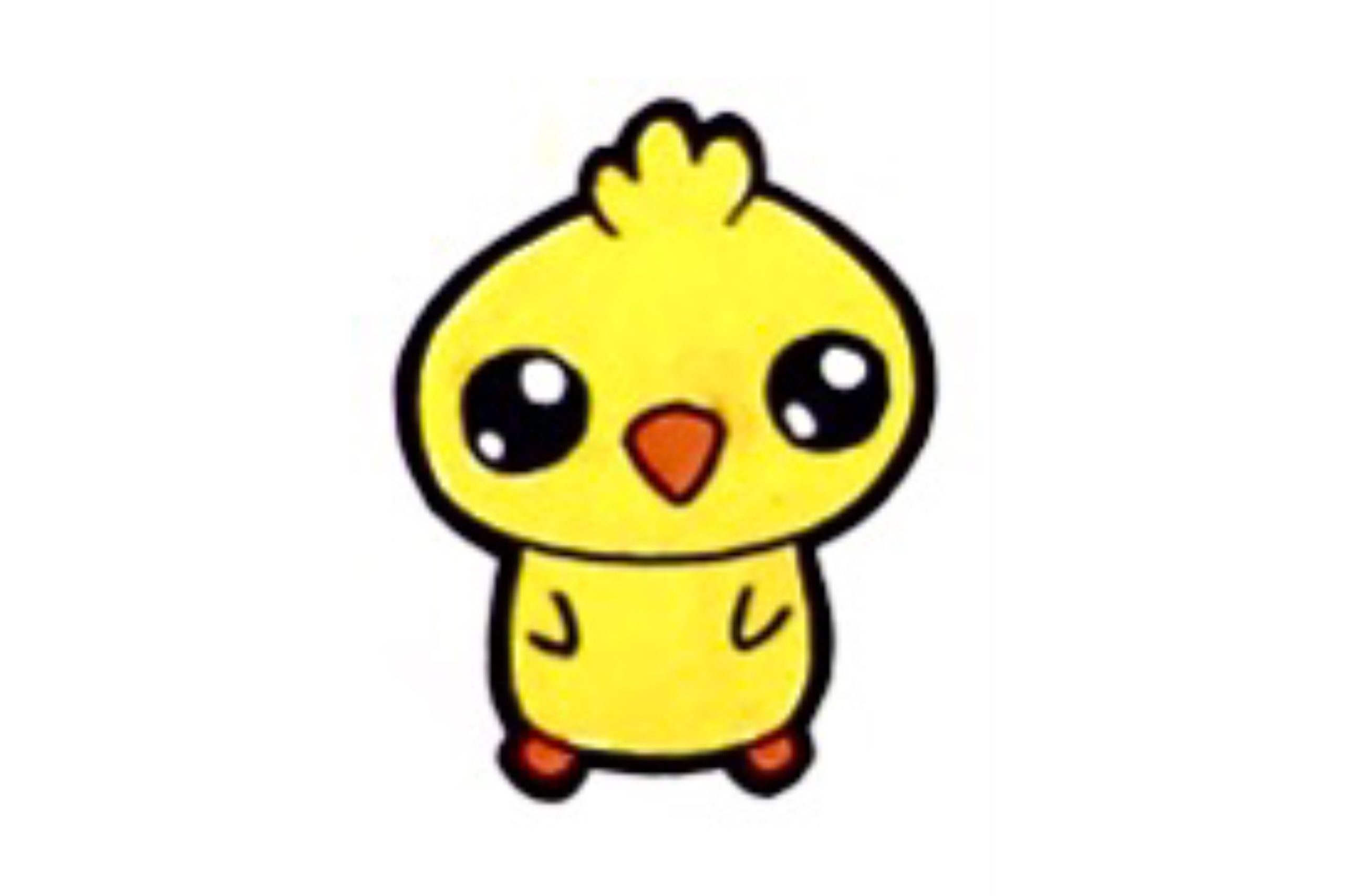Coloring Theory
Let’s Get Creative With Color Wheel!
There are many questions you need to ask before deciding to color the work of art you are working on. To do this well, you need to understand the concept of the color wheel and have basic knowledge of color theory. There is a basic concept of color that is widely applied in many fields: the color wheel. Join Jorz.art to learn about the Color Wheel – a special color circle to understand and arrange colors, creating rich works of art!
I. What is a color wheel?
In 1966, Isaac Newton mapped the color spectrum onto a circle to create the Color Wheel, the most used color reference tool in design. The color wheel is a useful tool in art, helping us understand and arrange colors logically. It is often represented as a circle containing colors arranged in order. This is an important tool for designers and artisans to create color harmony when using color schemes.

From 1966 to the present, it has been improved and transformed into many different forms.
II. How to divide colors on the color wheel
-
The color wheel is usually made up of primary, secondary, and tertiary colors.

Dominant colors (primary colors) are the base colors for the entire color palette. The three main colors on the Color Wheel are red, yellow, and blue. They form a triangle on the color wheel, helping to create balance and harmony.
Secondary colors (secondary colors) are colors located between the two main colors on the color wheel. They are created by combining two main colors. For example, orange can be created by combining red and yellow. Secondary colors create contrast and make designs more interesting.
Tertiary colors (contrasting colors) are colors that are opposite each other on the color wheel. Tertiary colors are colors created by combining primary colors with secondary colors. They have a strong, contrasting relationship and create prominence. For example, red and green are contrasting color pairs. When used together, they create a strong contrast and attract attention.
-
Classified by nature: warm colors and cool colors

Warm colors: A group of colors on the color wheel associated with warmth, such as reds, yellows, and oranges. In an artwork, warm colors appear to advance toward the viewer.
Cool colors: A group of colors on the color wheel associated with coolness, such as blues, greens, and violets. In an artwork, cool colors appear to be farther away from the viewer.
Based on the combination of basic colors, we can create more complex colors. Imagine you want to draw a picture of a sunset. You can use red as the dominant color to represent sunset, yellow as a secondary color to represent light, and blue as a contrasting color to represent the sky. By using these colors and the relationship between them, you can create a beautiful picture of a sunset.
III. Popular color palettes

-
RGB color mixing panel

– RGB color palette is a color model widely used in digital applications such as graphic design and websites. The RGB color mixing panel is based on combining three primary colors: red, green, and blue. By adjusting the brightness of each color, you can create thousands of different colors.
– When using the RGB color palette, you can select colors by adjusting the red, green, and blue values in the range from 0 to 255.
-
CMYK color palette:

– CMYK color palette is mainly used in printing and graphic production. This palette is based on mixing four primary colors: cyan, magenta, yellow, and black (key). By adjusting the ink amount of each base color, you can create different colors.
– When using the CMYK color palette, you can choose colors by adjusting the percentage values of cyan, magenta, yellow, and black inks.
IV. Get creative with Color Wheel
1. Create balance and harmony
Choose the main colors that are next to each other on the color wheel to create balance and harmony in your design. You can use a color palette of blues, greens, and pale greens to create a feeling of nature and peace in a landscape painting.
2. Create contrast
Use contrasting colors on the color wheel to create highlights and attract attention in the design. Try to combine red and green to create a strong contrast and highlight in a painting or poster.
3. Use secondary colors to highlight
Use a secondary color between the two main colors on the color wheel to highlight a part of the design. For example, in a flower painting, let’s use orange or light pink (secondary color) to make the flowers stand out and separate them from the background or other details.
4. Create color depending on light value
Use different light values for one color to create different secondary colors in the design. For example, use a dark green and a light green color to create contrast and detail in a landscape painting.
5. Experiment and create color ratios
Experiment with different ratios of colors to create different effects in the design. You can use a larger proportion of a dominant color compared to secondary colors to create balance and separation in a painting or graphic design.
These are some basic ideas and you can get creative in your own way. The color wheel is a powerful tool for guiding the logical and harmonious use of color, but your creativity is the most important factor in taking advantage of it. Color is a powerful tool for creativity and conveying emotions, so experiment and explore the color wheel to learn more about colors and use them in your artwork. Firmly grasping the color wheel and the basic principles of color helps you use colors more effectively in your drawings. Follow Jorz.art so you don’t miss the next useful lesson! We wish you interesting creative experiences with colors!
There are many questions you need to ask before deciding to color the work of art you are working on.… View More


